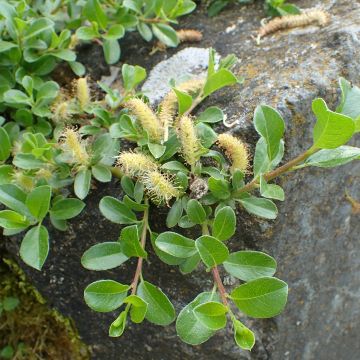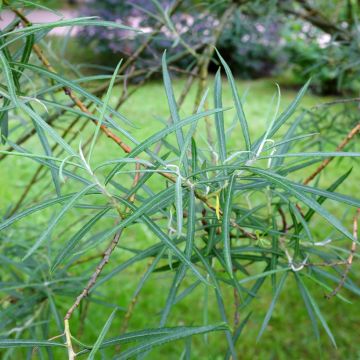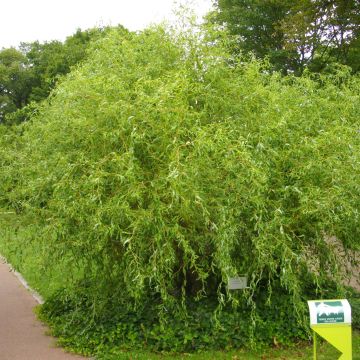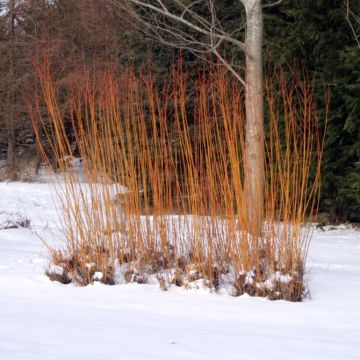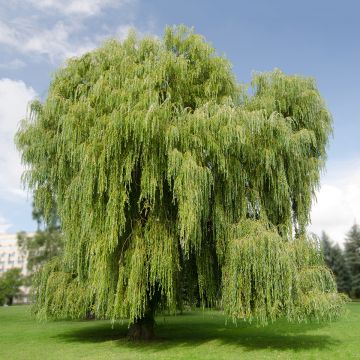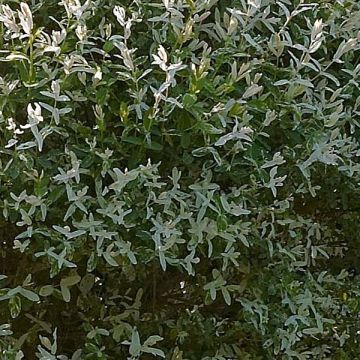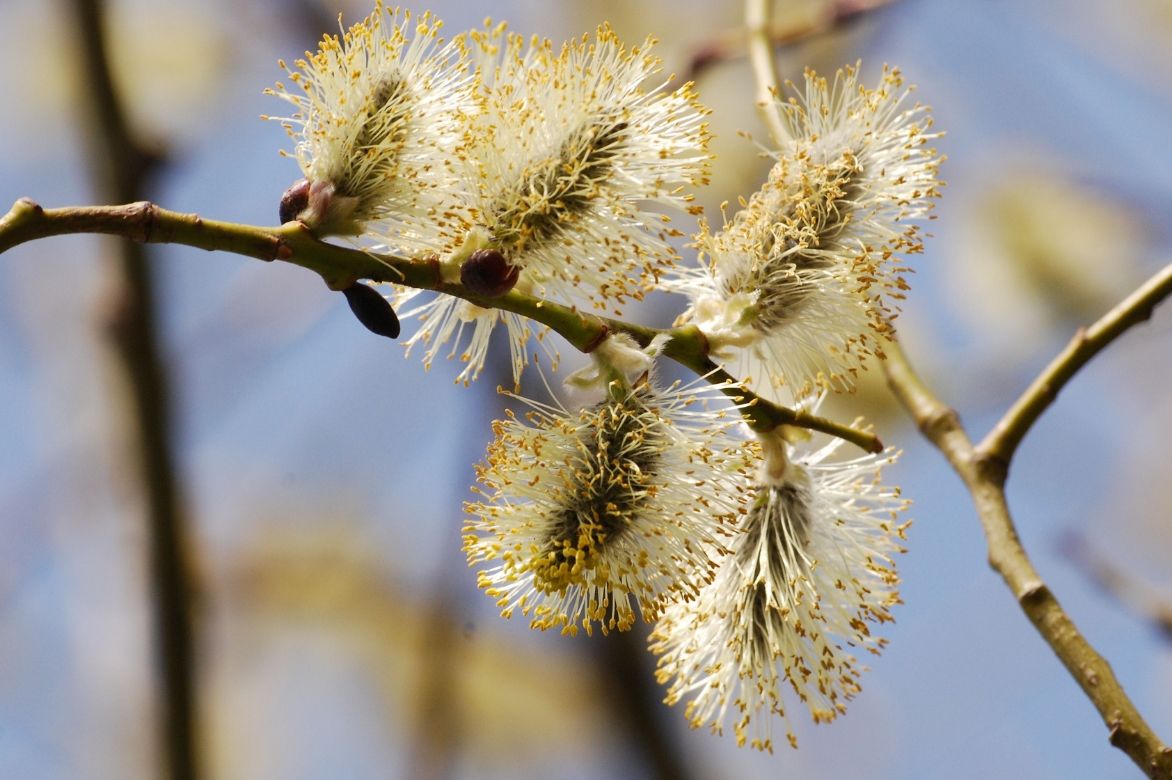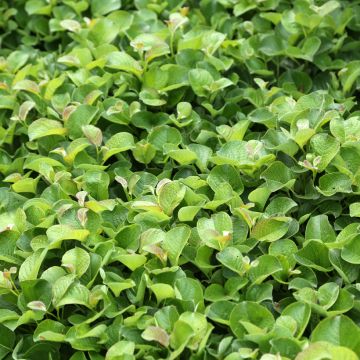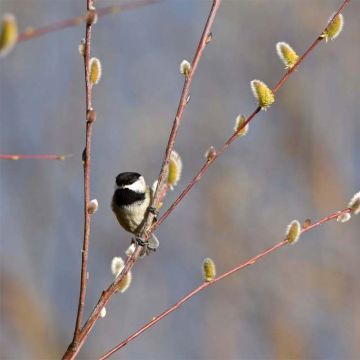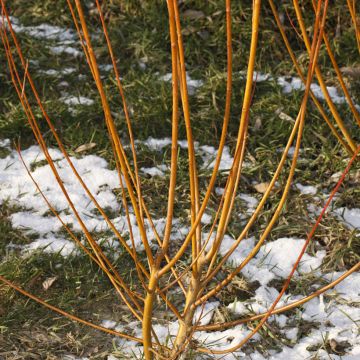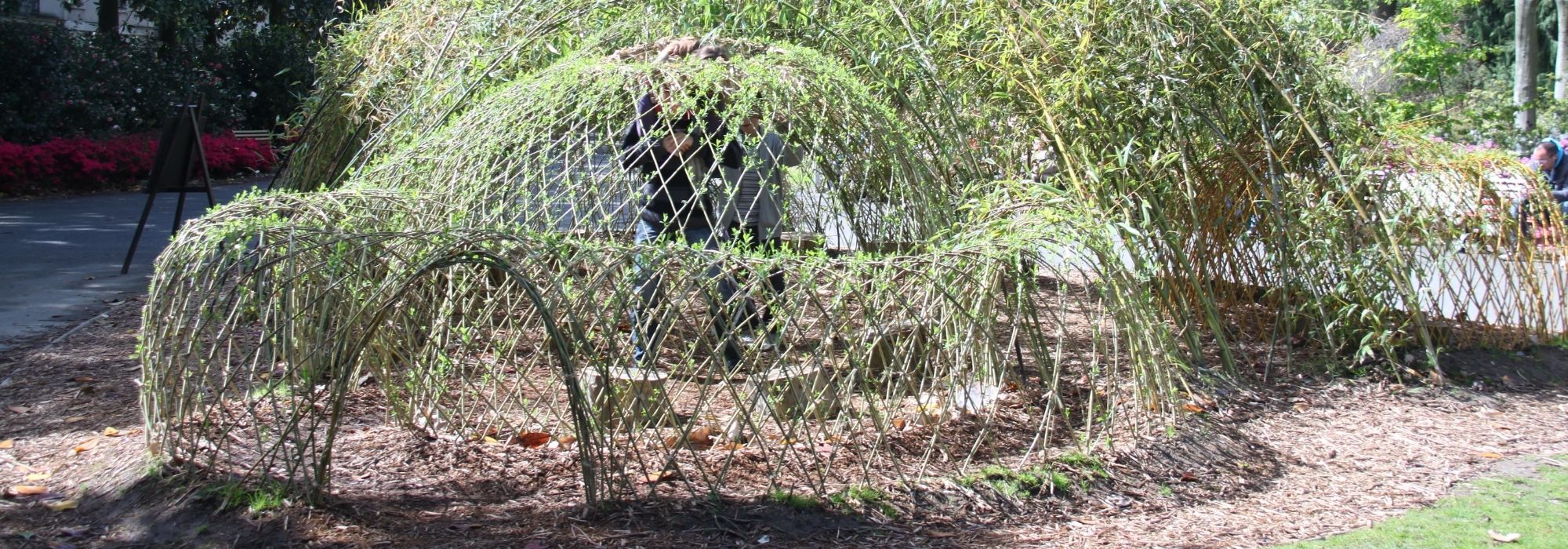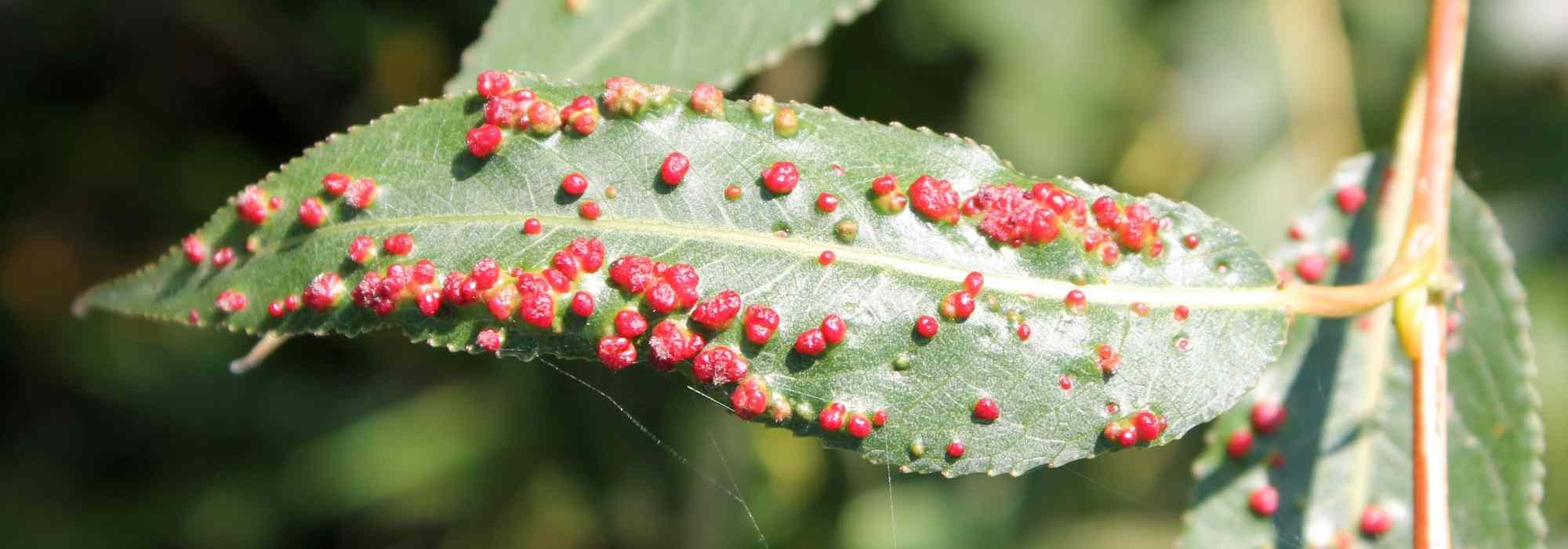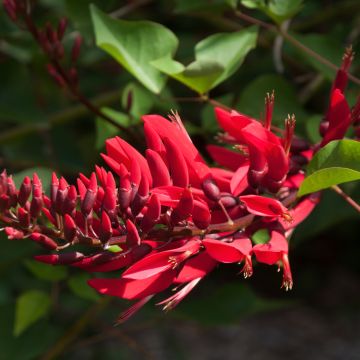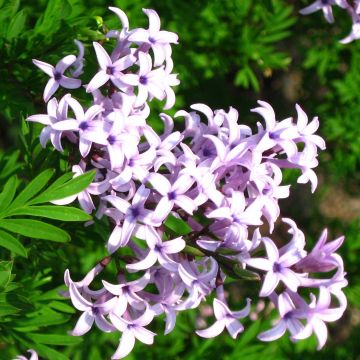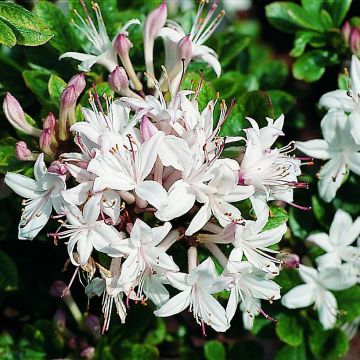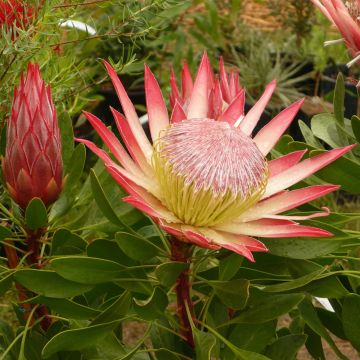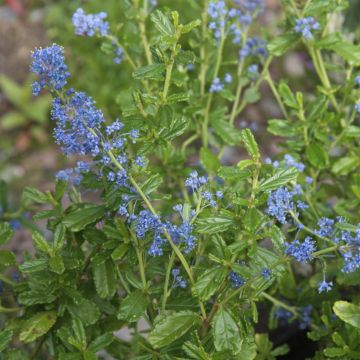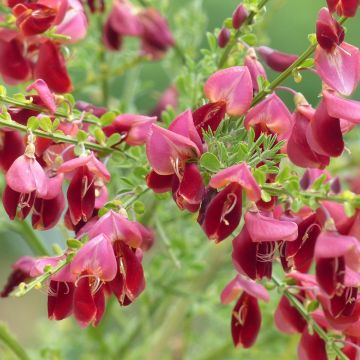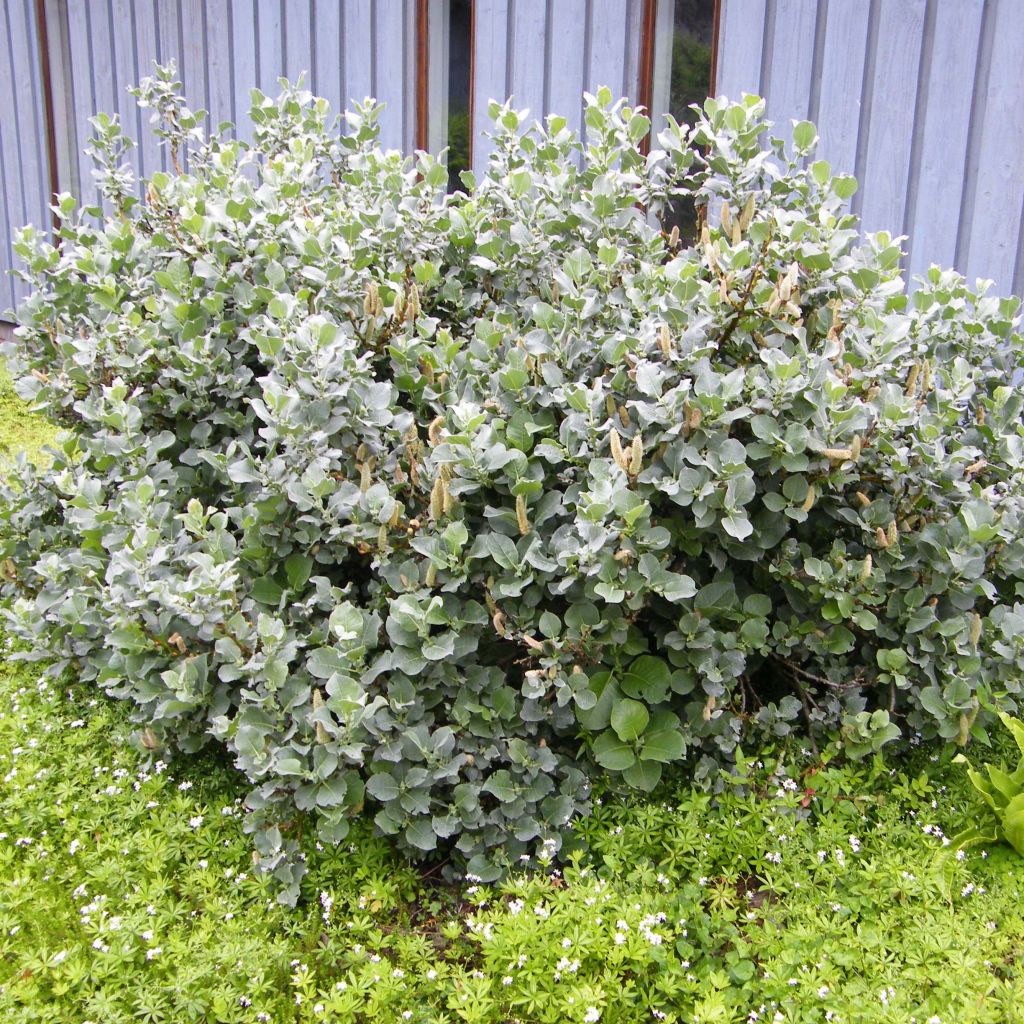

Salix lanata - Saule laineux
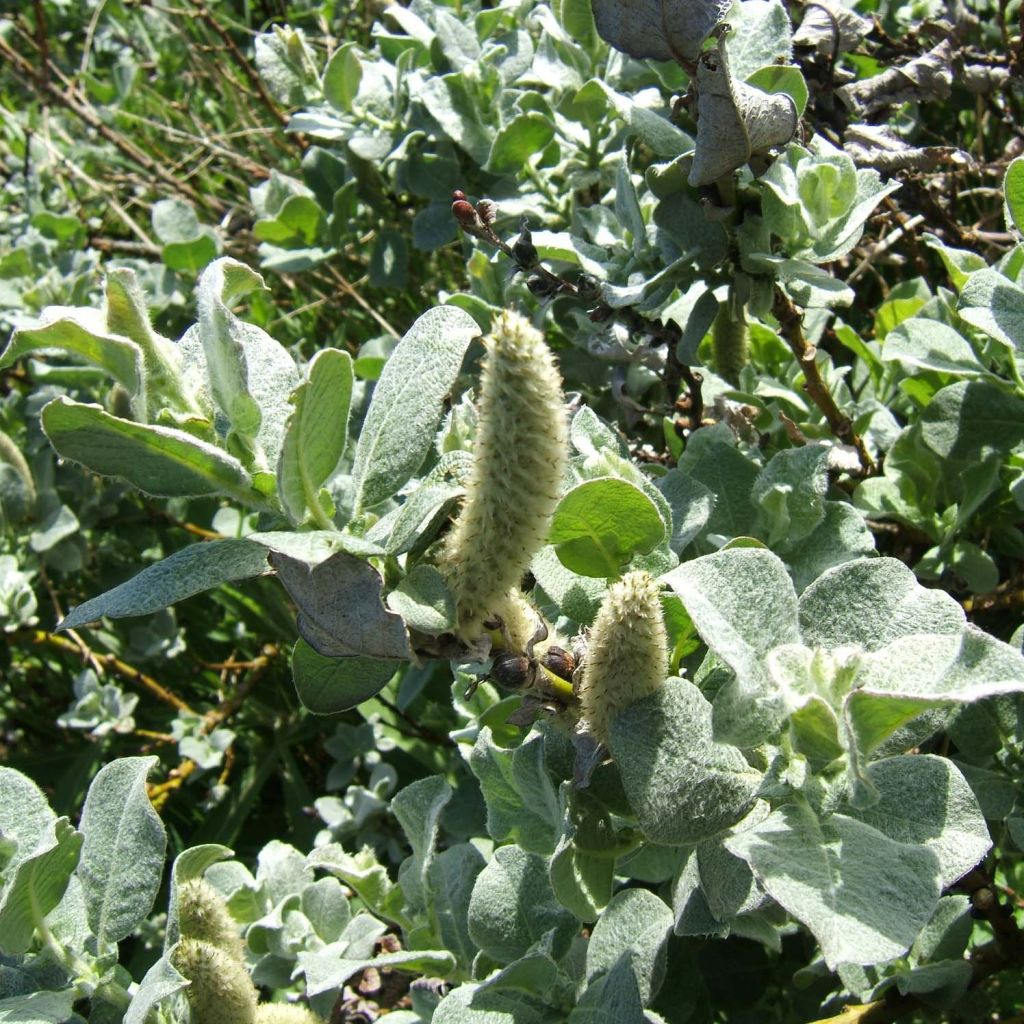

Salix lanata - Saule laineux
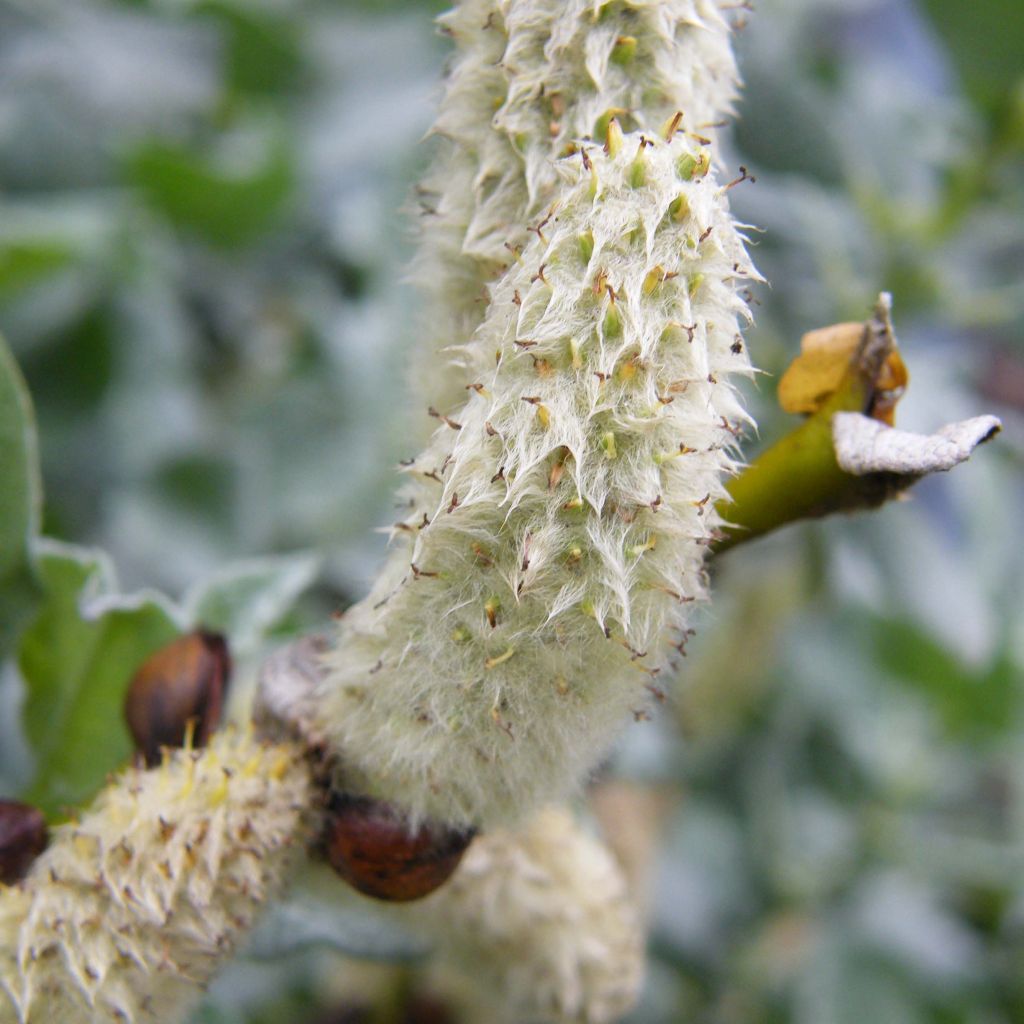

Salix lanata - Saule laineux
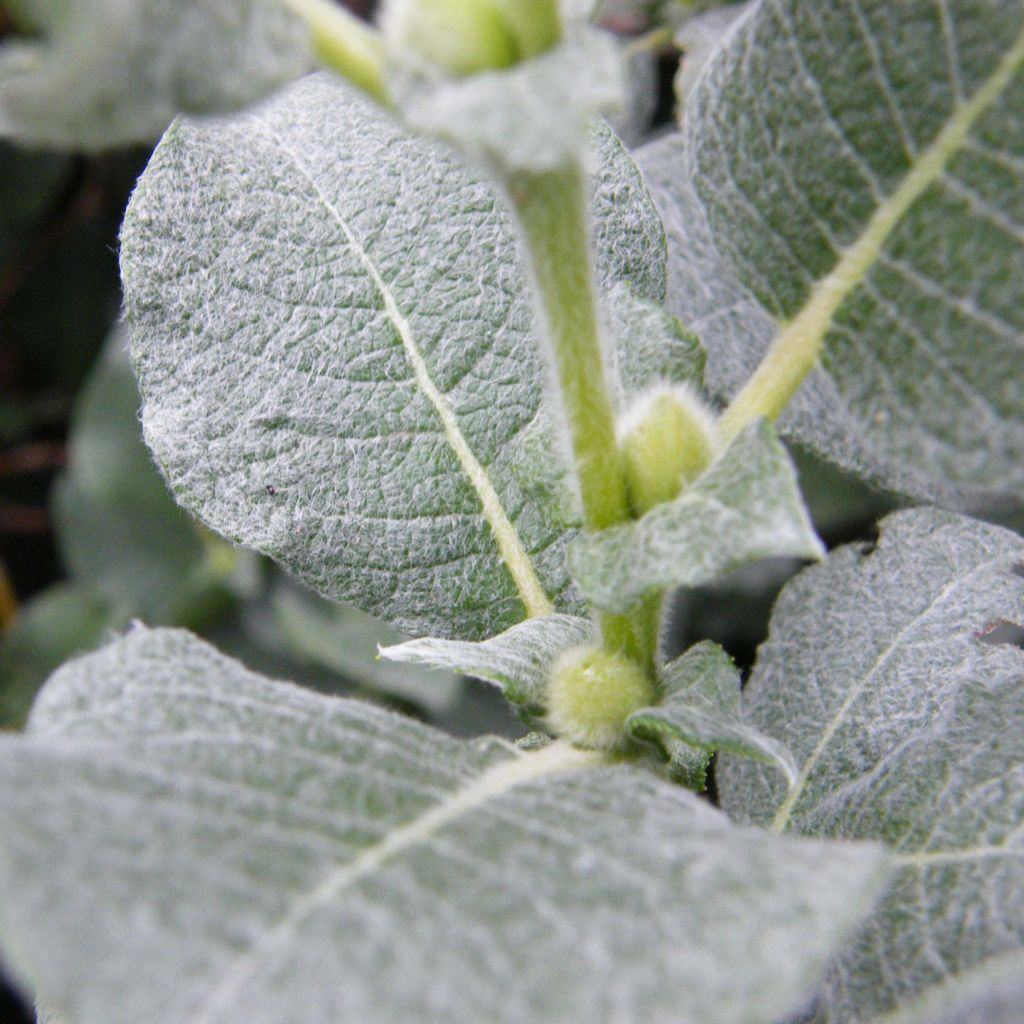

Salix lanata - Saule laineux
Salix lanata - Willow
Salix lanata
Woolly Willow
Special offer!
Receive a €20 voucher for any order over €90 (excluding delivery costs, credit notes, and plastic-free options)!
1- Add your favorite plants to your cart.
2- Once you have reached €90, confirm your order (you can even choose the delivery date!).
3- As soon as your order is shipped, you will receive an email containing your voucher code, valid for 3 months (90 days).
Your voucher is unique and can only be used once, for any order with a minimum value of €20, excluding delivery costs.
Can be combined with other current offers, non-divisible and non-refundable.
Why not try an alternative variety in stock?
View all →This plant carries a 24 months recovery warranty
More information
We guarantee the quality of our plants for a full growing cycle, and will replace at our expense any plant that fails to recover under normal climatic and planting conditions.

Would this plant suit my garden?
Set up your Plantfit profile →
Description
Salix lanata, the woolly willow, is a small but very robust botanical species, native to subarctic areas of Northern Europe. This compact shrub, accustomed to very harsh climates and alpine rockeries, is recognized by its low, bushy, spreading and regular habit, with soft grey-silver down covering its young foliage and very decorative yellow young branches. Its large golden male catkins and its fairly spectacular grey-yellow female catkins appear in spring, at the same time as the foliage. Well adapted to small gardens, especially in mountain climates, it thrives in sunny, well-drained beds and excels in large, moist rockeries.
Salix lanata belongs to the willow family. It is a deciduous botanical species native to Iceland, the Faroe Islands, northern Scandinavia, and eastern Siberia. It is also found in Scotland. It is generally found growing on rocky slopes in the mountains, on relatively poor soil, between 600 and 900 metres (1968 and 2953 feet) above sea level. The texture, colour, and attractive compact habit of this plant, combined with its extreme hardiness, have earned it the Award of Garden Merit from the Royal Horticultural Society in England. This small, slow-growing shrub develops a regular and branched framework near the base. It spreads laterally over time, reaching a height of 1 metre (3 feet) and a spread of 1.5 metres (5 feet). The young branches are covered with yellow bark. With age, its branching takes on a knotty appearance. In this species, all the young spring vegetation is covered with down. The foliage is deciduous, the young leaves are covered with white to pale grey wool and become smooth when mature. They are arranged alternately, rounded in shape, slightly wavy along the edges, and average about 6 cm (2in) in length. On mature leaves, the upper surface of the leaf is dark green with a matte finish. The particularly ornamental flowering occurs from April to June, depending on the climate, at the same time as the leaves emerge. The male flowers of this willow are gathered in large silky upright catkins, 5 cm (2in) long and golden when ripe. The female catkins are very feathery and borne on separate plants, measure up to 8 cm (3in) in length and are silky pale grey-yellow. This flowering is appreciated by bees, which come to collect pollen and nectar. It is followed by the formation of capsules that open at maturity to release bristled seeds.
Equally charming as a standalone plant, in flower beds or rockeries, the woolly willow, shaped with knotty wood and crowned with large, tactile catkins possesses the unique charm and robustness of plants from harsh climates. Its beautiful dense and silver vegetation will be highlighted in a simple rocky environment or in a flower meadow. This small shrub also has a place in contemporary gardens, often urban and small in size. Prune it every three years after flowering to encourage it to bush out and produce numerous flowering branches. It can be associated with perennials and shrubs such as mountain savory, Icelandic poppy, Amur river pink, purple broom, Arabis and Alyssum, and bellflowers. In an informal hedge with well-drained soil that remains moist, it can be combined with spring-flowering shrubs such as flowering almonds, Cytisus scoparius, or purple barberries. Consider composing bouquets with its branches adorned with silky catkins. In a vase, they beautifully complement those of Prunus triloba and other flowering cherries and plum trees that will awaken in the warmth of the house.
Salix lanata - Willow in pictures


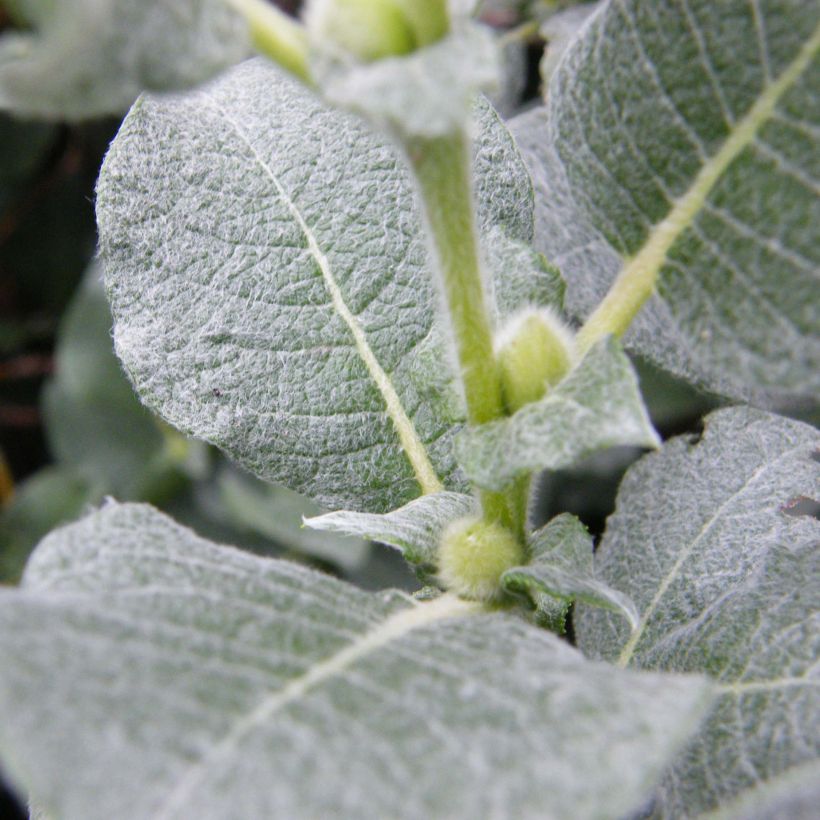

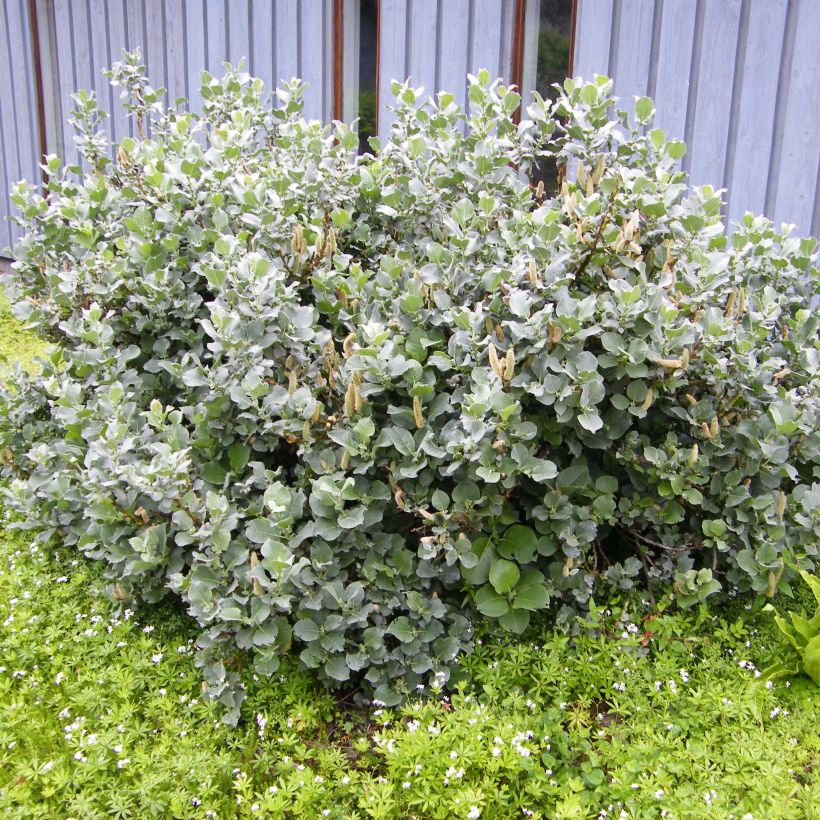

Plant habit
Flowering
Foliage
Botanical data
Salix
lanata
Salicaceae
Woolly Willow
Northern Europe
Other Willow - Salix
View all →Planting and care
Plant woolly willow in autumn, in a very sunny location. It requires a well-drained, rocky soil, slightly acidic, neutral to limestone but remaining moist throughout the year. This Nordic and mountain willow dislikes heat waves and soils that are too dry or too rich. Ideally, when planting, use a mixture composed of half compost and half garden soil mixed with coarse sand and gravel if your soil is clayey and heavy. You could plant it in a raised bed. A cool rockery will be perfect. It is perfectly resistant to cold and severe frosts. To promote a bushy habit and the formation of catkin-bearing branches, prune after flowering, every 2 or 3 years.
Diseases and pests of willows:
The leaves and branches are susceptible to various fungal diseases. Collect all the leaves in autumn, burn them and treat with Bordeaux mixture. Many insects such as aphids, crioceris beetles and caterpillars devour the foliage.
Planting period
Intended location
Care
Planting & care advice
This item has not been reviewed yet - be the first to leave a review about it.
Similar products
Haven't found what you were looking for?
Hardiness is the lowest winter temperature a plant can endure without suffering serious damage or even dying. However, hardiness is affected by location (a sheltered area, such as a patio), protection (winter cover) and soil type (hardiness is improved by well-drained soil).

Photo Sharing Terms & Conditions
In order to encourage gardeners to interact and share their experiences, Promesse de fleurs offers various media enabling content to be uploaded onto its Site - in particular via the ‘Photo sharing’ module.
The User agrees to refrain from:
- Posting any content that is illegal, prejudicial, insulting, racist, inciteful to hatred, revisionist, contrary to public decency, that infringes on privacy or on the privacy rights of third parties, in particular the publicity rights of persons and goods, intellectual property rights, or the right to privacy.
- Submitting content on behalf of a third party;
- Impersonate the identity of a third party and/or publish any personal information about a third party;
In general, the User undertakes to refrain from any unethical behaviour.
All Content (in particular text, comments, files, images, photos, videos, creative works, etc.), which may be subject to property or intellectual property rights, image or other private rights, shall remain the property of the User, subject to the limited rights granted by the terms of the licence granted by Promesse de fleurs as stated below. Users are at liberty to publish or not to publish such Content on the Site, notably via the ‘Photo Sharing’ facility, and accept that this Content shall be made public and freely accessible, notably on the Internet.
Users further acknowledge, undertake to have ,and guarantee that they hold all necessary rights and permissions to publish such material on the Site, in particular with regard to the legislation in force pertaining to any privacy, property, intellectual property, image, or contractual rights, or rights of any other nature. By publishing such Content on the Site, Users acknowledge accepting full liability as publishers of the Content within the meaning of the law, and grant Promesse de fleurs, free of charge, an inclusive, worldwide licence for the said Content for the entire duration of its publication, including all reproduction, representation, up/downloading, displaying, performing, transmission, and storage rights.
Users also grant permission for their name to be linked to the Content and accept that this link may not always be made available.
By engaging in posting material, Users consent to their Content becoming automatically accessible on the Internet, in particular on other sites and/or blogs and/or web pages of the Promesse de fleurs site, including in particular social pages and the Promesse de fleurs catalogue.
Users may secure the removal of entrusted content free of charge by issuing a simple request via our contact form.
The flowering period indicated on our website applies to countries and regions located in USDA zone 8 (France, the United Kingdom, Ireland, the Netherlands, etc.)
It will vary according to where you live:
- In zones 9 to 10 (Italy, Spain, Greece, etc.), flowering will occur about 2 to 4 weeks earlier.
- In zones 6 to 7 (Germany, Poland, Slovenia, and lower mountainous regions), flowering will be delayed by 2 to 3 weeks.
- In zone 5 (Central Europe, Scandinavia), blooming will be delayed by 3 to 5 weeks.
In temperate climates, pruning of spring-flowering shrubs (forsythia, spireas, etc.) should be done just after flowering.
Pruning of summer-flowering shrubs (Indian Lilac, Perovskia, etc.) can be done in winter or spring.
In cold regions as well as with frost-sensitive plants, avoid pruning too early when severe frosts may still occur.
The planting period indicated on our website applies to countries and regions located in USDA zone 8 (France, United Kingdom, Ireland, Netherlands).
It will vary according to where you live:
- In Mediterranean zones (Marseille, Madrid, Milan, etc.), autumn and winter are the best planting periods.
- In continental zones (Strasbourg, Munich, Vienna, etc.), delay planting by 2 to 3 weeks in spring and bring it forward by 2 to 4 weeks in autumn.
- In mountainous regions (the Alps, Pyrenees, Carpathians, etc.), it is best to plant in late spring (May-June) or late summer (August-September).
The harvesting period indicated on our website applies to countries and regions in USDA zone 8 (France, England, Ireland, the Netherlands).
In colder areas (Scandinavia, Poland, Austria...) fruit and vegetable harvests are likely to be delayed by 3-4 weeks.
In warmer areas (Italy, Spain, Greece, etc.), harvesting will probably take place earlier, depending on weather conditions.
The sowing periods indicated on our website apply to countries and regions within USDA Zone 8 (France, UK, Ireland, Netherlands).
In colder areas (Scandinavia, Poland, Austria...), delay any outdoor sowing by 3-4 weeks, or sow under glass.
In warmer climes (Italy, Spain, Greece, etc.), bring outdoor sowing forward by a few weeks.






























